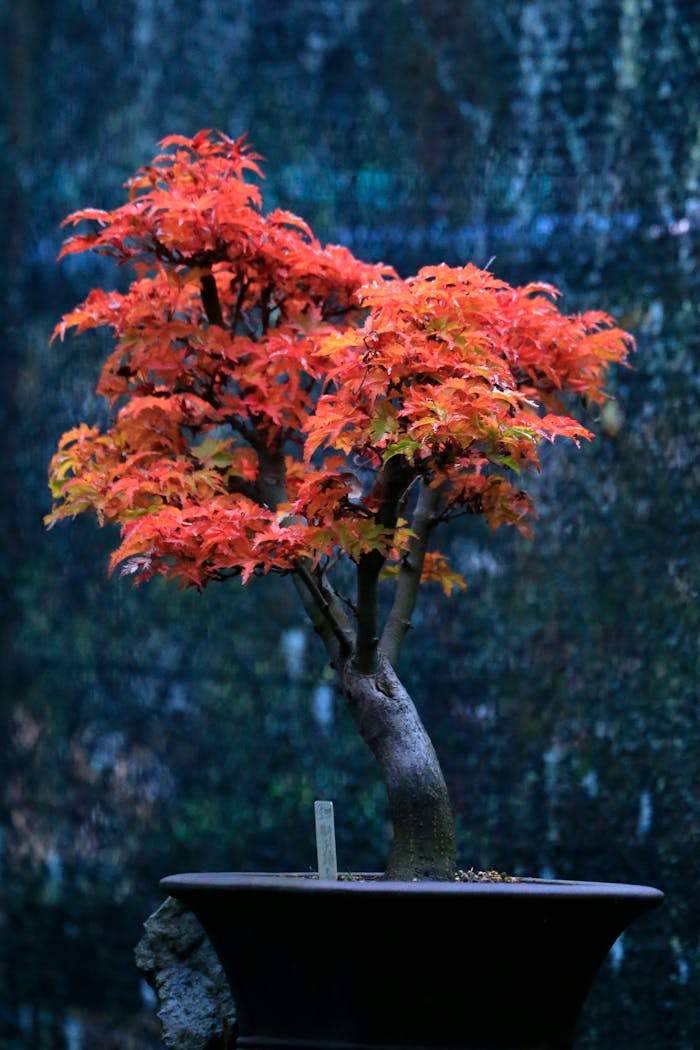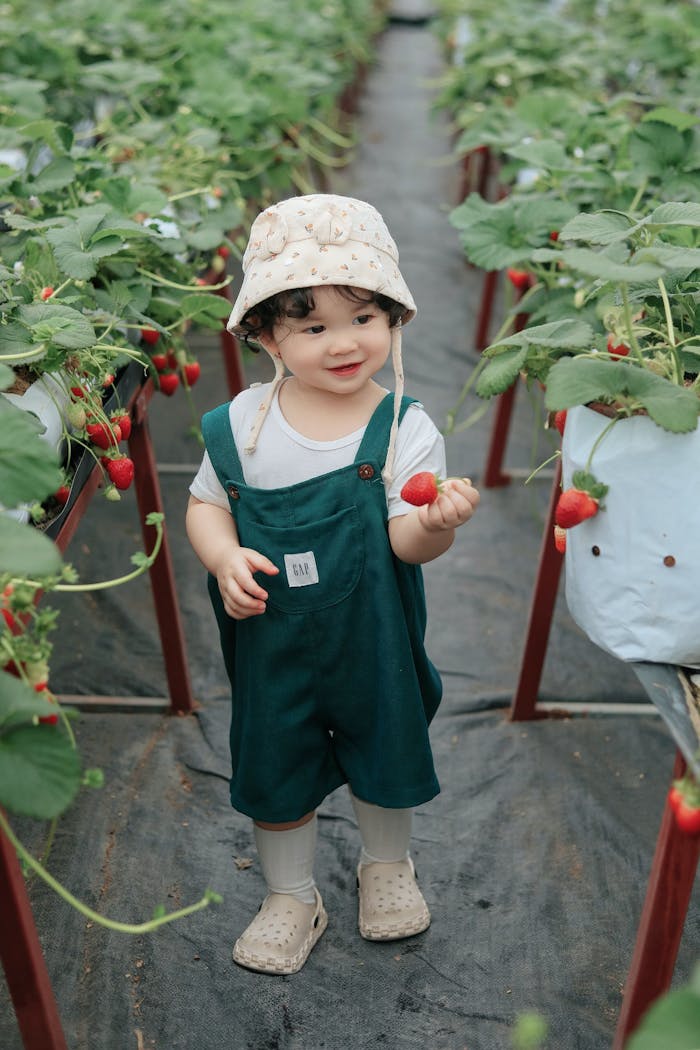|
IN BRIEF
|
In the lush world of gardening, where every plant strives for the sky, the importance of proper staking cannot be overlooked. Often dictated by the plant’s natural growth, staking serves as both support and assurance that your green companions flourish without losing their wrestle with gravity. But how do we ensure that our delicate blooms and robust veggies maintain their integrity? Fear not, as we delve into the realm of best practices for stoking plants effectively. From understanding the right type of stake for each plant species to the nuances of tying techniques, this guide will empower you to create an environment where your plants can thrive—untangled and unbowed. Join us as we explore the art of staking, ensuring your garden remains a stunning oasis of life.
Staking plants is an essential gardening technique that provides support and encourages healthy growth. When done correctly, it ensures that plants maintain their upright position, receive adequate light, and promote better air circulation. To achieve the best results, here are some tips that can help you stake your plants effectively and efficiently.
Conclusion of Techniques for Staking
Utilizing proper staking techniques provides essential support for plants, promoting healthier growth and stunning outdoor arrangements. Engaging with plants through staking encourages a hands-on relationship with the garden, ensuring that your beloved greenery thrives in its environment. With these tips in mind, you are ready to enhance the beauty and health of your garden through effective staking practices.
Identifying Plants That Require Staking
Some plants are more prone to falling than others. For example, tomatoes, peonies, and lilies are commonly staked for this reason. Observing your plants to determine if they lean or flop can help you identify those that would benefit from staking. Paying attention to the growth patterns of your plants will also guide you in making informed decisions about support needs.
Understanding the Importance of Proper Staking
When it comes to gardening, staking plants is a vital practice that ensures they grow strong and healthy. This is particularly essential for taller plants such as tomatoes and delphiniums, which require support to prevent them from bending or breaking due to weight or wind. By employing proper staking techniques, you can not only enhance the plant’s stability but also promote better air circulation, which reduces the risk of disease and enhances overall health. As the saying goes, “A plant that is well-staked is a plant that thrives.”
Best Practices for Effective Staking
Initially, choosing the right stake is crucial. For example, using metal stakes for sturdy plants or tomato cages for vining species can make a significant difference. Additionally, the timing of staking plays a pivotal role. Ideally, plants should be staked early in the season, while they are still young, which is known as preventative staking. This proactive approach saves gardeners from potential issues later on, as plants grow taller and heavier.
Moreover, it’s essential to handle the plants gently while attaching them to their stakes. Utilizing soft materials like twine can help prevent any damage to the stems. As plants grow, regularly reassessing the staking system is necessary – adjusting ties as they grow taller to ensure continuous support and strength. Following these tips can ensure your plants are not only supported but also able to showcase their natural beauty effectively.
Staking your garden plants is an essential technique that ensures they remain strong and healthy. To begin, consider the timing of your staking; preventative measures taken in spring can save you from future troubles. Choose the appropriate stake types based on the plant species—metal stakes for robust tomatoes or soft ties for delicate stems. Remember to tie your plants securely but gently; using materials like twine or string can protect plant integrity. As the plants grow, adjust the ties at regular intervals to maintain support. Adhering to these practices will enhance air circulation, promote overall plant health, and help you achieve a flourishing garden by summer’s end.

